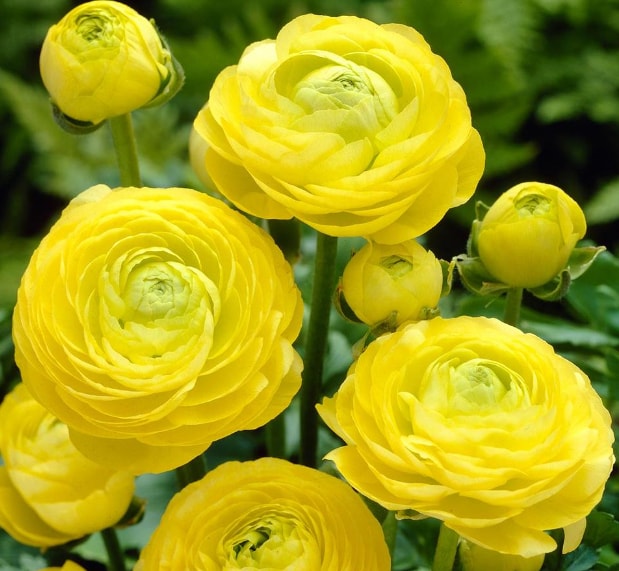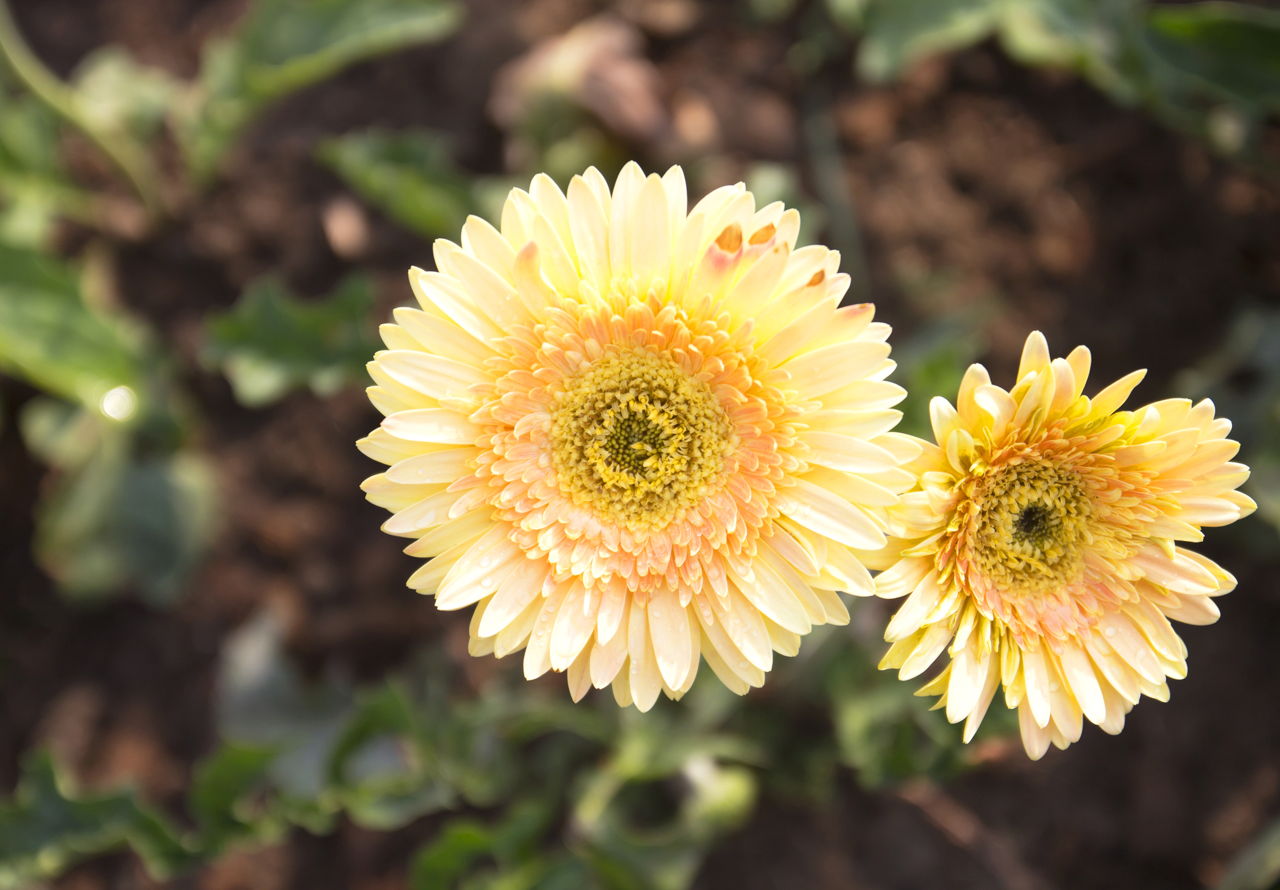

lingua L, as well as the glossy flowers of the related lesser celandine Ficaria verna Huds. We investigated the detailed spectral characteristics of three annual, herbaceous meadow buttercups, i.e. The genus Ranunculus comprises more than 500 species with a virtually cosmopolitan distribution. Inspired by the likely structural origin of the buttercup's glossiness, we present here an in-depth study of the reflection characteristics of Ranunculus flowers. A comprehensive overview that quantifies the contribution of different petal components to the visual signal of Ranunculus flowers has not yet been developed, leaving the complex nature of the flowers' coloration unknown. applied optical multilayer theory to model the reflectance spectra, but stated that an optical model of the whole complex petal structure was missing. Previous studies suggested that the gloss is due to the very flat and smooth epidermal layer that acts as a mirror, possibly enhanced by an air layer immediately below the epidermis. a mirror-like reflection) in addition to their overall yellow coloration. The flowers of many buttercups ( Ranunculus spp.) are a clear exception to this rule, as they feature a distinct gloss (i.e. Consequently, under natural viewing and illumination conditions the coloration of flowers is generally pigmentary and not structural. In those plant species with flowers that do have structures with periodicity of the order of the wavelength of light, structural coloration and iridescence can only be observed by applying very local and directional illumination. Structural coloration is exceedingly rare among flowers, because the interiors and surfaces of flowers are very irregularly shaped and ordered. Typical for structural coloration with long-range spatial periodicity is that it is highly directional and angle dependent (iridescent). The reflecting structure can be a single layer acting as a thin film, such as in bird feathers and butterfly wing scales, a multilayer, as in beetle elytra and fish scales, or a complex photonic crystal, as in peacock feathers and some butterfly species.

Structural colours require (quasi-)regularly patterned structures with typical distances of the order of the wavelength of light (several hundred nanometres). Structural colours arise in regularly ordered, nano-sized structures composed of materials with different refractive indices, and are common among animals, such as birds, butterflies and beetles. blue-absorbing carotenoids yield yellow colours (reviewed by ). The absorption range depends on the nature of the pigment, e.g. Diffusely reflected light with wavelengths outside the absorption range of the pigment thus determines the colour of the petals. the visual signal is the result of light scattering by cells and organelles containing pigments that absorb light in a wavelength-specific way.

In virtually all plant species floral coloration is pigmentary, i.e. Many flowering plants display brightly coloured flowers to distinguish themselves from their environment and to attract pollinators. We discuss the evolution of the gloss and its two likely functions: it provides a strong visual signal to insect pollinators and increases the reflection of sunlight to the centre of the flower in order to heat the reproductive organs. A very flat, pigment-filled upper epidermis acts as a thin-film reflector yielding the gloss, and additionally serves as a filter for light backscattered by the strongly scattering starch and mesophyll layers, which yields the matte-yellow colour. We show that the coloration of glossy buttercup flowers is due to a rare combination of structural and pigmentary coloration. The contribution of different petal structures to the overall visual signal was quantified using a recently developed optical model. We investigated the optical properties of yellow petals of several Ranunculus and related species using (micro)spectrophotometry and anatomical methods. Buttercup ( Ranunculus spp.) flowers are exceptional because they feature a distinct gloss (mirror-like reflection) in addition to their matte-yellow coloration.


 0 kommentar(er)
0 kommentar(er)
